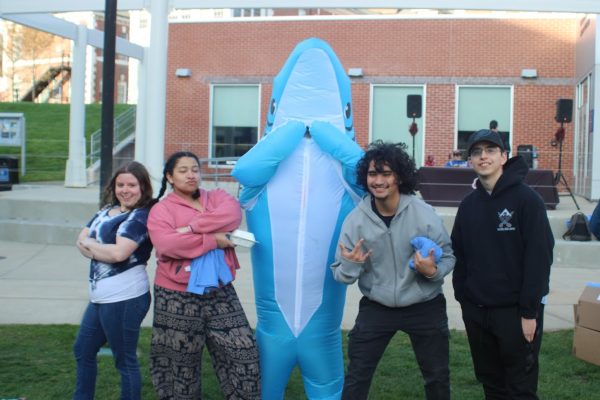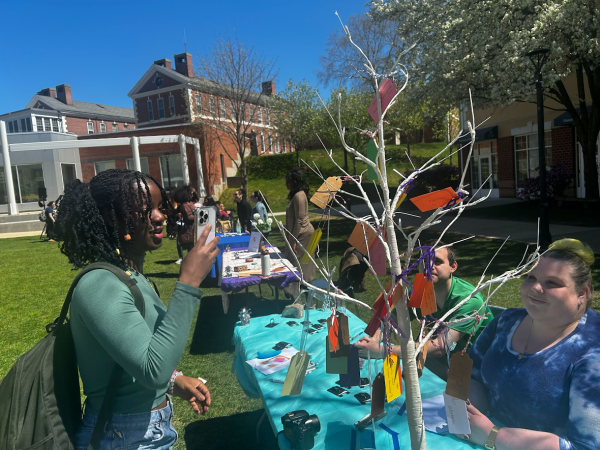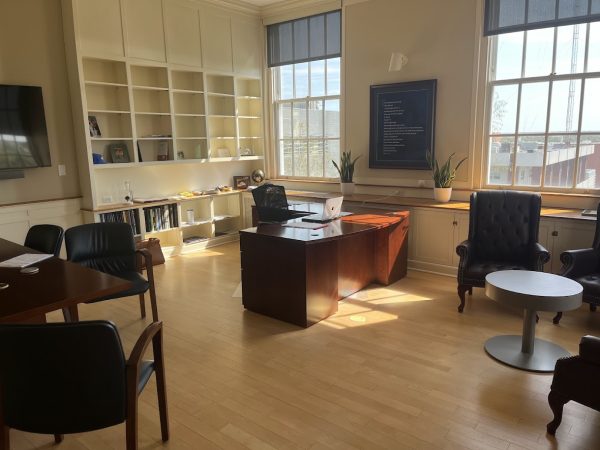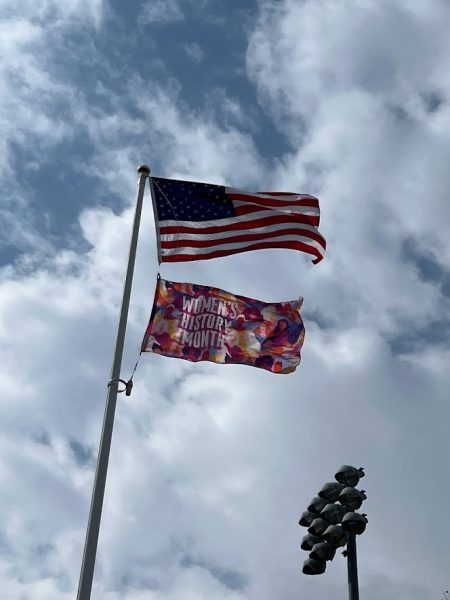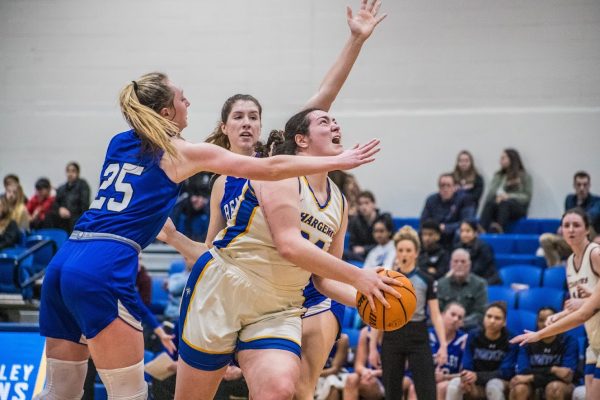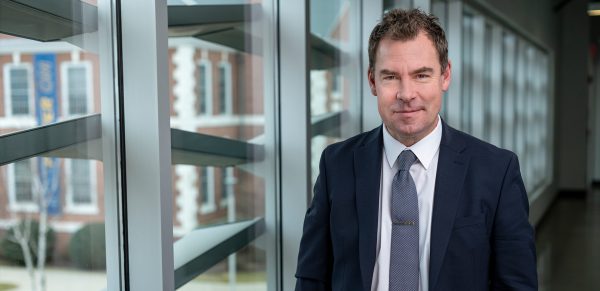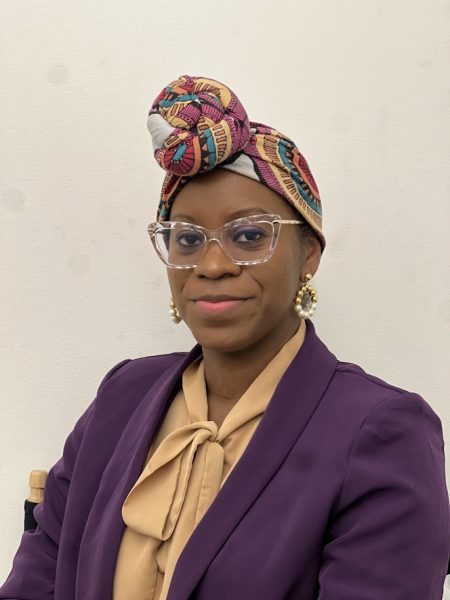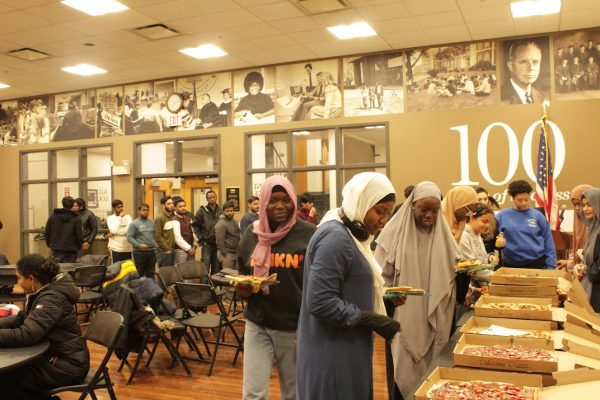An Indigenous student’s thoughts surrounding campus inclusivity
Graphic courtesy of Charger Bulletin/Andrea Rojas.
An Eastern Pequot Tribal Nation flag, on the German Club flagpole.
The University of New Haven rests on forgotten land. Before European colonists came to a pre-colonial United States, the campus grounds we walk on were inhabited entirely by Indigenous Americans, including the Quinnipiac tribe which once spanned much of New Haven County. Nearby universities such as the University of Connecticut, University of Hartford, Sacred Heart University and Yale University have all done their due diligence and recognized this blemish in history, so what are we waiting for?
Destiny Ray, a junior cybersecurity and networking major, wonders the same thing. Belonging to the Eastern Pequot Tribal Nation, she has been visiting their reservation in North Stonington, Conn. and attending powwows since she was an infant.
Ray spoke with immense pride in her Indigenous roots. Her dad now serves as chairman of the tribe, and that familial success has rubbed off on her.
“It makes me more proud… because [of] how involved I am with my tribe, especially with how small we are,” she said.
The powwows are especially sentimental for Ray. Powwows are held every July at the reservation, they act as a celebration of traditions, family and tribe. People dress in traditional regalia and headdresses and embrace each other in a variety of songs and dances.
Ray also appreciates the powwows because they allow the tribe to not worry about the struggles of Native American life for a day, noting both historical examples such as the brutality of colonization as well as recent battles like the Eastern Pequots’ fight for federal recognition.
“When we’re all together… during the powwow, it’s a really nice [and] happy time. Besides that day, we are struggling everyday,” she said.
Ray is a prominent advocate for Indigenous people on campus. Most notably, she was a speaker at the inaugural kick-off event for Native American Heritage Month celebrations last November. She has also thought about starting a Recognized Student Organization (RSO) for Indigenous students, saying “it will benefit a lot because [students] will know what land they’re on… and what the truth is with history and not just the history you learn in high school that is… whitewashed.”
However, she has been hesitant to begin such an RSO due to worries about low attendance and the club’s success after she graduates.
Fears about the success of an RSO due to factors outside of her control such as these largely fall on the university administration and making sure that Indigenous communities feel welcomed and accepted at our university. Ray sees recent conversations about a land acknowledgement on campus as a starting point, but it must not end there.
“I feel like the university can definitely do better [marketing to indigenous communities]. They could give scholarships and do programs with tribes,” she said, citing the Eastern Pequot Archaeological Field School’s partnership with University of Massachusetts, Boston.
Another area where the university is severely lacking in support for Indigenous people is the classes provided. “Putting Native American classes [in the curriculum], that would be really great,” Ray said, mentioning topics such as Native American history and art. “But at the same time, you have to know what is appreciation versus appropriation.”
Every movement has to start somewhere, and a plaque acknowledging the cement we walk on every day or the first of many Native American heritage celebrations are important, but these symbolic victories wane quickly. It is up to the university to constantly adapt and help students, like Ray and countless others, feel not only included, but that they also feel a sense of belonging here.


